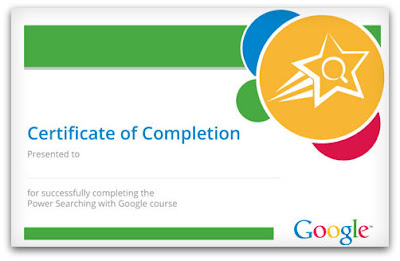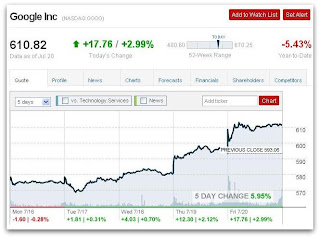The new tool, Google Tag Manager, aims to simplify the often-complex and time-consuming art of tagging digital content for Websites.
Google wants to be a marketer's best friend online. That's why the search company just created its new Google Tag Manager tool to make it easier and faster for online digital marketers to "tag" content on Websites so it can be connected to online users.
The free Google Tag Manager is now available in English but will also be offered in additional languages in the future, according to an Oct. 1 post on the Google Analytics Blog by Laura Holmes, product manager of Google Tag Manager.
"Tags are tiny bits of website code that can help provide useful insights, but they can also cause challenges," wrote Holmes. "Too many tags can make sites slow and clunky; incorrectly applied tags can distort your measurement; and it can be time-consuming for the IT department or webmaster team to add new tags—leading to lost time, lost data, and lost conversions."
The tool will allow digital marketers to consolidate their website tags with a single snippet of code and manage them all more easily through a Web-based interface. "You can add and update your own tags, with just a few clicks, whenever you want, without bugging the IT folks or rewriting site code," wrote Holmes. "It gives marketers greater flexibility, and lets webmasters focus on other important tasks."
By making it easier for marketers to get these tasks completed, it can have a huge benefit for Google's financial bottom line. An estimate by Piper Jaffray analyst Gene Munster in January 2012 pegged Google's mobile ad sales alone at about $4 billion in 2012, up substantially from $2.5 billion in 2011.
To get an idea of Google's online ad scale, consider that the $4 billion Google stands to make in mobile ad sales in 2012 would comprise only 9 percent of the company's nearly $40 billion in 2011 ad sales. Yet that $4 billon would also equal Facebook's entire ad revenue sum for 2011.
Among the features of the new Google Tag Manager, according to Holmes:
- Asynchronous tag loading so tags can fire faster without getting in each other's way, and without slowing down the user-visible part of the page.
- Easy-to-use tag templates, so marketers can quickly add tags with Google's web interface, as well as support for custom tags.
- Error-prevention tools including a preview mode, a debug console, and version history to ensure that new tags won’t break a site.
- User permissions and multi-account functionality to make it easy for users to work together successfully.
For Google, tagging tools like this one are very important because advertising revenue is so central to the company's success and growth.
Presently, Facebook remains the market leader in the online display ad market wars, but by 2013, Google is expected to overtake Facebook for online ad market supremacy, according to a prediction from analysis firm eMarketer.
Facebook closed 2011 with 14 percent of the display ad market on sales of $1.73 million. Google, long a laggard in the U.S. display advertising market, nipped at the leader's heels last year, netting 13.8 percent share on sales of $1.71 million.
The U.S. display advertising market, which includes spending on online video, sponsorship's rich media and banner advertisements, grew roughly 25 percent to $12.4 billion in 2011. The eMarketer report said it expects Facebook to maintain its lead in 2012, grabbing $2.59 billion in share, compared with $2.54 billion by Google, as the two combine to net 33 percent of the display ad market.
Google will surpass Facebook by grabbing nearly 20 percent of the market in 2013, compared with less than 18 percent for Facebook. Google's U.S. display sales will grow 45.3 percent to $3.68 billion, with Facebook boosting sales 27.6 percent to $3.29 billion for 2013.
Not all ad sales have been successful for Google. In September, the company announced the shuttering of its stand-alone Google TV Ads efforts, which will be merged into other existing business units. The division was launched in 2007 to sell advertisements on traditional television networks for its customers, but failed to gain traction as consumers reduced their consumption of traditional television and moved to watching such content on different kinds of devices.





































